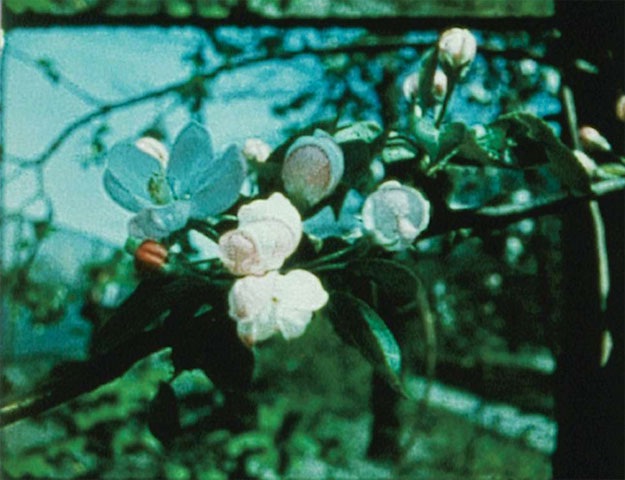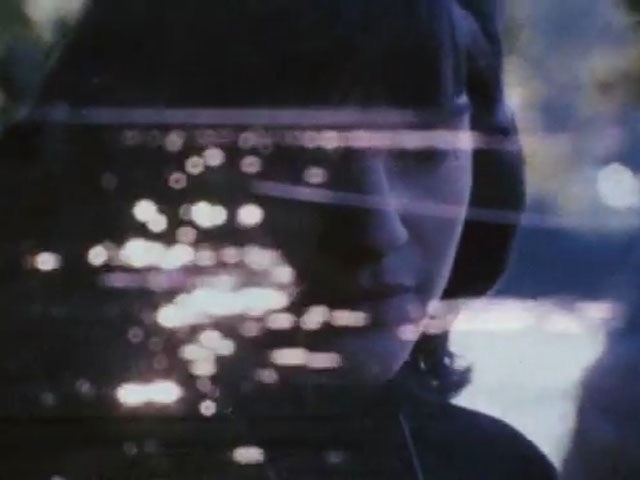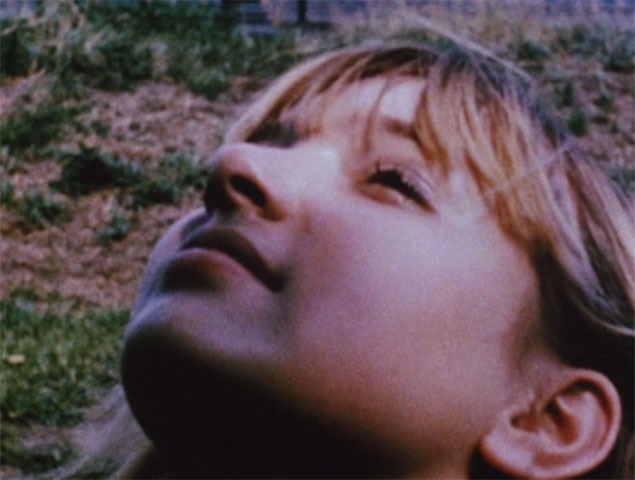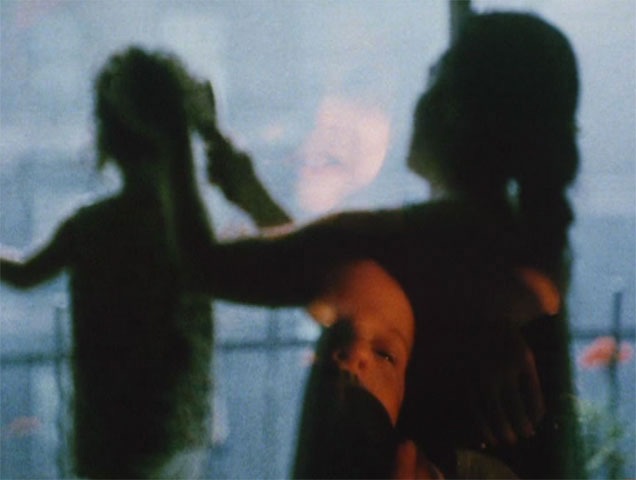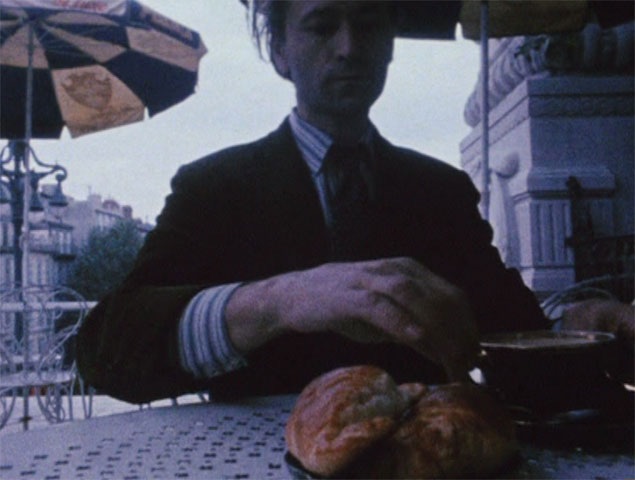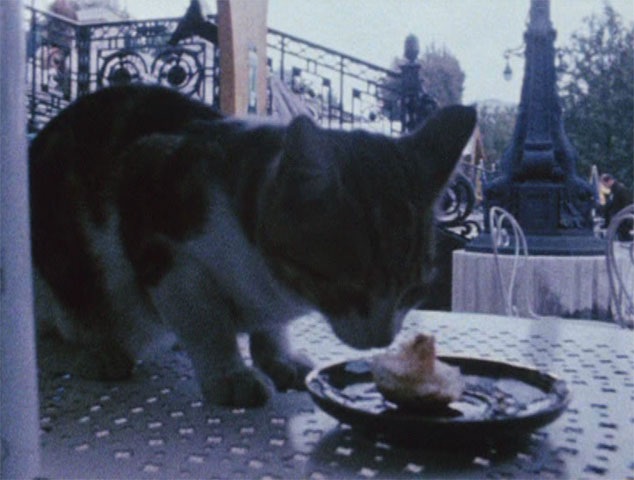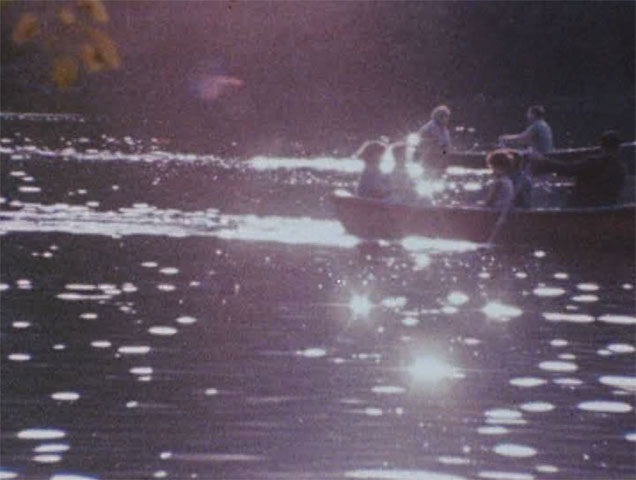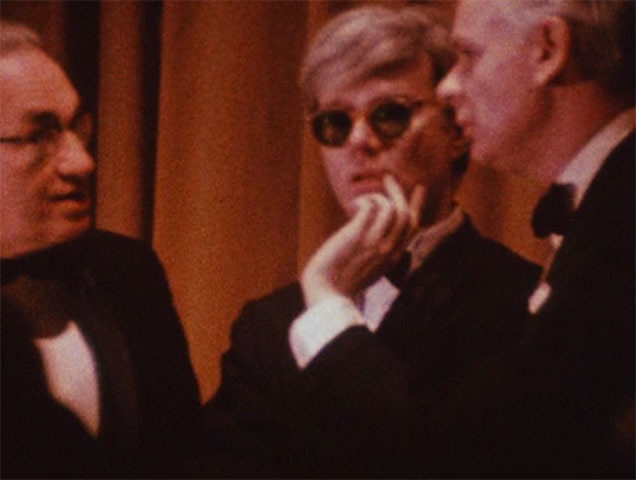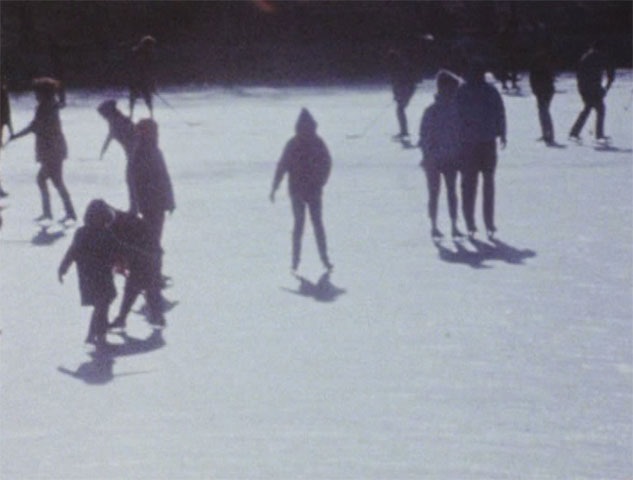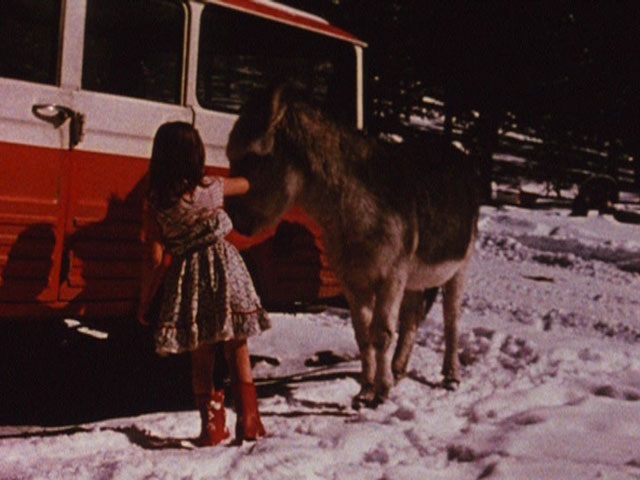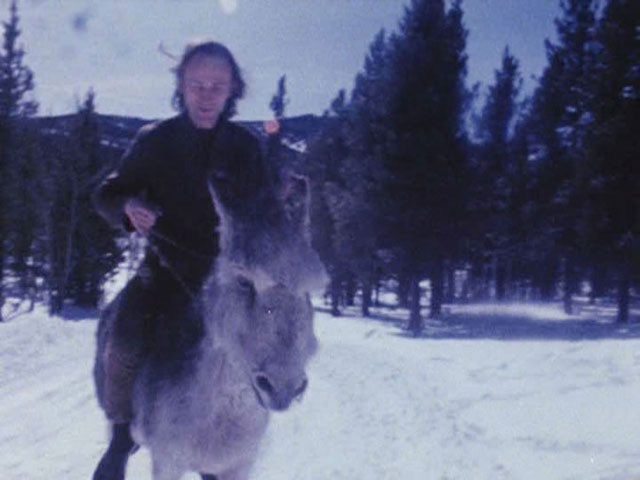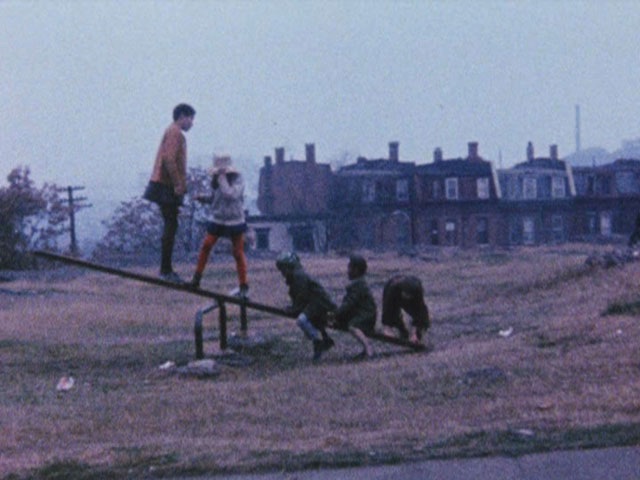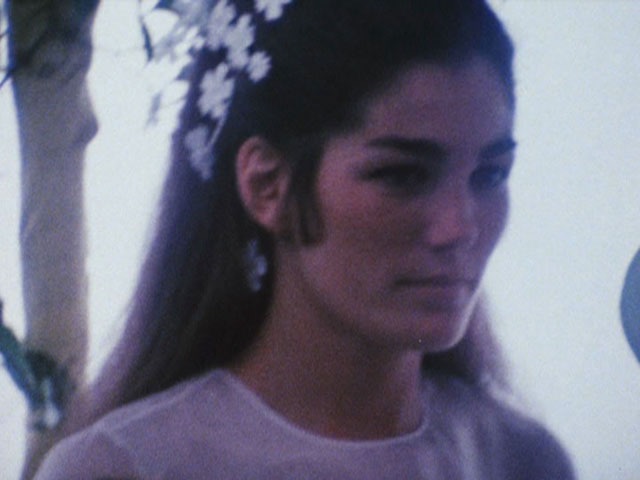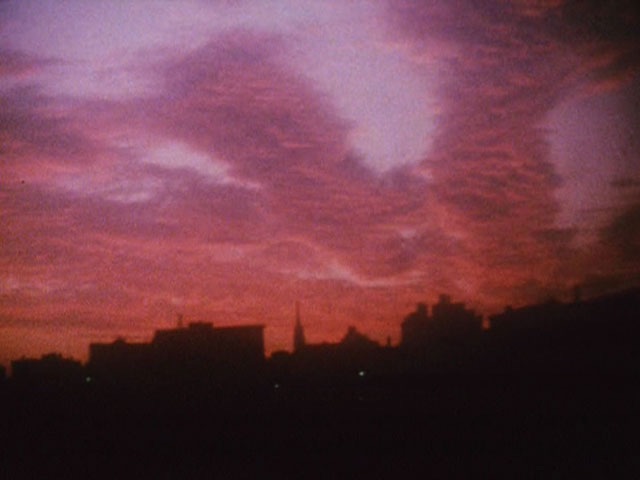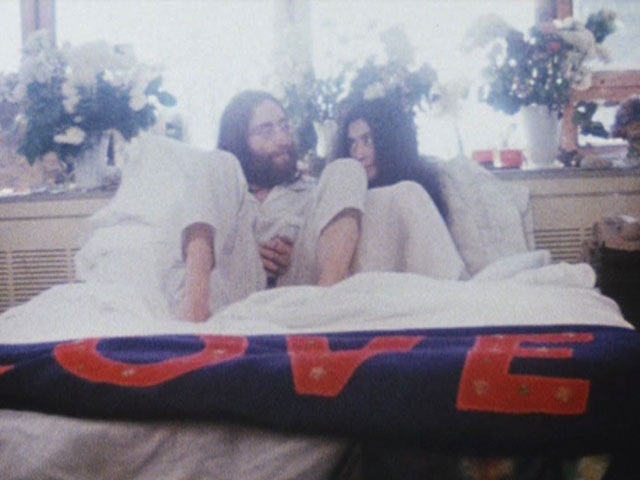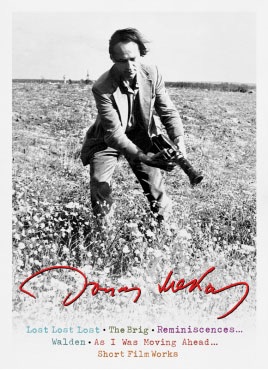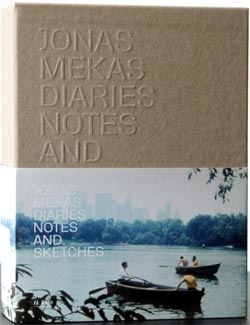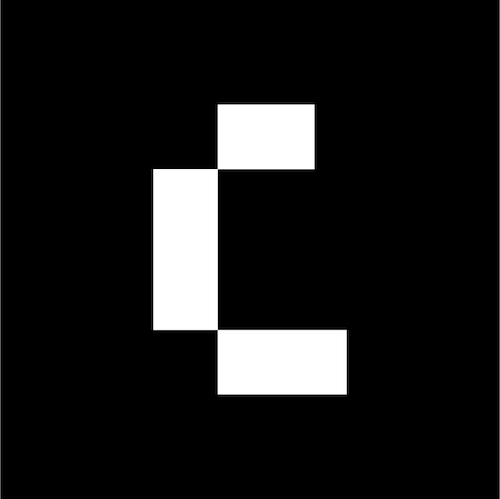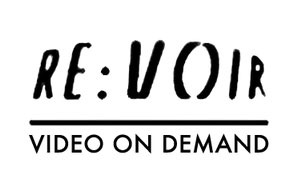Walden - Diaries Notes and Sketches
-
Réalisé par Jonas Mekas • Écrit par Jonas Mekas
-
États-Unis • 1968 • 180 minutes • 16 mm • Couleur
- Réalisation :
Jonas Mekas - Écriture :
Jonas Mekas - Image :
Jonas Mekas - Son :
Jonas Mekas - Montage :
Jonas Mekas - Voix off :
Jonas Mekas
- Production (structure) :
Jonas Mekas - Ayant droit :
Jonas Mekas
- N° ISAN :
non renseigné
Résumé
"Ce film étant ce qu'il est, c'est-à-dire une série de notes personnelles concernant des événements, des gens (des amis) et la Nature (les saisons) - l'Auteur n'en voudra pas au spectateur (il l'encourage presque) si celui-ci choisit de ne regarder que certaines parties du travail (film), selon le temps dont il dispose, selon ses préférences ou selon toute autre bonne raison. Afin d'aider le spectateur en ce sens, particulièrement en cas de multiples "visionnages" (pardonnez à l'Auteur cette présomption), une table des matières est disponible, listant chaque scène et sa durée respective, bobine par bobine.
Une note au début précise qu'il s'agit du premier brouillon des journaux. On peut alors se demander pourquoi l'Auteur tient-il à montrer cette copie non finie ou à moitié finie ? L'Auteur répond que, malgré l'état brut de certains sons et de certaines images, il y a, selon lui, suffisamment de matière pour intéresser certains amis et étrangers. Pour pouvoir passer à une seconde étape de perfectionnement, l'Auteur sentait qu'il lui fallait regarder de nombreuses fois la bande telle quelle, afin de prendre du recul, d'où cette première version. Il y a une autre raison. Il y a quelques mois, l'Auteur vit soudainement sa chambre se remplir de fumée - il ne pouvait même plus voir les bobines de film - et c'est seulement par un hasard miraculeux que le feu cessa à côté, alors qu'il aurait sans cela consumé cinq années de travail. C'est pour cette raison que l'Auteur se promit de faire tirer le plus vite possible une copie de son premier brouillon. Voici où il en est et il espère que certains d'entre vous apprécieront ce qu'ils verront."
(Jonas Mekas, décembre 1969)
"Since 1950 I have been keeping a film diary. I have been walking around with my Bolex and reacting to the immediate reality: situations, friends, New York, seasons of the year. On some days I shot ten frames, on others ten seconds, still on others ten minutes. Or I shot nothing. When one writes diaries, it's a retrospective process: you sit down, you look back at your day, and you write it all down. To keep a film (camera) diary, is to react (with your camera) immediately, now, this instant: either you get it now, or you don't get it at all. To go back and shoot it later, it would mean restaging, be it events or feelings. To get it now, as it happens, demands the total mastery of one's tools (in this case, Bolex): it has to register the reality to which I react and also it has to register my state of feeling (and all the memories) as I react. Which also means, that I had to do all the structuring (editing) right there, during the shooting, in the camera. All footage that you'll see in the Diaries is exactly as it came out from the camera: there was no way of achieving it in the editing room without destroying its form and content.
Walden contains materials from the years 1965-69, strung together in chronological order. For the soundtrack I used some of the sounds that I collected during the same period: voices, subways, much street noise, bits of Chopin (I am a romantic), and other significant and insignificant sounds."
(Jonas Mekas)
